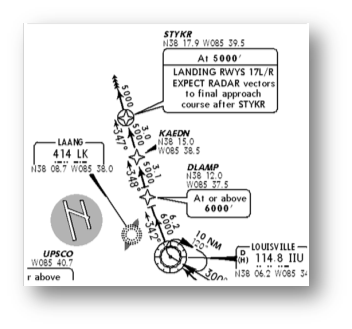

The solid ThOCO/sub 3/ is separated from the solution, and then calcined at a temperature of about 225 to 300/sup 0/C for about 40 to 55 hours to produce ThO/sub 2/.


The compound is synthesized by simultaneously mixing an aqueous solution of ThNO/sub 3/(NO/sub 3/)/sub 4/.4H/sub 2/O with an aqueous solution of Na/sub 2/CO/sub 3/.H/sub 2/O, to produce a solution and solid ThOCO/sub 3/. Maj, J.J.Ī ThO/sub 2/ catalyst having a high surface area of about 80 to 125 m/sup 2//g is synthesized. The discrepancy between the surface areas of SOM obtained by BET and EG methods was explained in terms of the 'free surface area' and the 'apparent surface area' associated with these measurements.įlower-like nanostructure MNb for all three types of rooms.« lessĬolmenares, C.A. The results suggest that surface adsorption of nonionic organic compounds by SOM is practically insignificant in comparison to uptake by partition. The measured BET areas for these samples were less than 1 m 2/g, except for the freeze-dried humic acid. Test samples consisted of two high organic content soils, a freeze-dried soil humic acid, and an oven-dried soil humic acid. The discrepancy between the surface areas of SOM obtained by BET and EG methods was explained in terms of the 'free surface area' and the 'apparent surface area' associated with these measurements.The previously reported surface area for soil organic matter (SOM) of 560-800 m 2/g as determined by the ethylene glycol (EG) retention method was reexamined by the standard BET method based on nitrogen adsorption at liquid nitrogen temperature.

The previously reported surface area for soil organic matter (SOM) of 560-800 m 2/g as determined by the ethylene glycol (EG) retention method was reexamined by the standard BET method based on nitrogen adsorption at liquid nitrogen temperature.


 0 kommentar(er)
0 kommentar(er)
